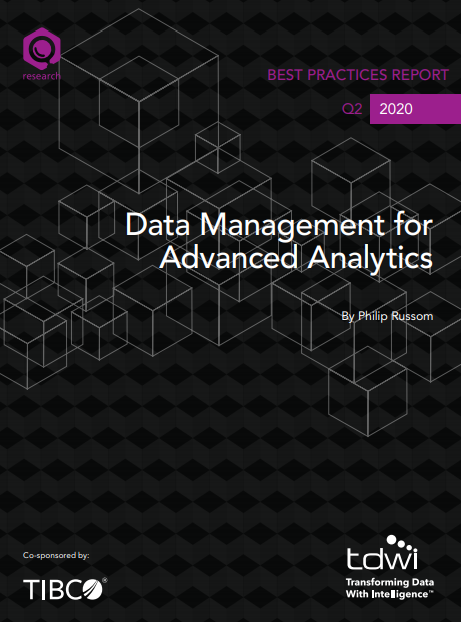Today, terms like “credit risk” and “credit score” are synonymous with large consumer credit risk companies like Experian, Callcredit, and Equifax in the U.K. or FICO in the U.S. Tomorrow, businesses will look beyond traditional credit scores and reports to real-time predictive analytics and on-demand decision-making technology in order to make more thorough decisions about consumer credit risk. Using these analytics and technology tools to integrate with multiple third-party data providers will help businesses tell a broader, more complete story about a consumer’s financial situation as well as make decisions on these consumers in an instant and at scale.
Imagine you’re a marketer in financial services, insurance, real estate, or telecommunications, and you rely on traditional credit assessments to make offers to consumers. If your bucket of acceptable prospects does not include sets of consumers within the “poor” or “fair” credit range — which in the U.S. includes one fourth of the population — you may be declining otherwise profitable customers or making costly marketing mistakes. Overlooking millions of valuable potential customers and substantially limiting your addressable market is a costly error for any business.
‘Best Answer Wins’
Businesses that are able to apply predictive analytics to their decision processes not only mitigate credit risk but also are better equipped to target and serve customers across business functions. For instance, at Enova International, we use best-in-class technology and analytics to go beyond the traditional credit score to make more informed credit, fraud, operations, and marketing decisions for our 10 financial services brands around the world.
I believe that companies that want to drive results apply analytics to their business. Putting analytics at the heart of everything that you do drives business innovation, customer satisfaction, and bottom-line results. Our data-driven culture and values, such as “best answer wins”, are what allow Enova to continually innovate and achieve results.
Reward business impact, not plans or ideas. Novelty and creativity of a solution isn’t important. Results are what matter most.
Below are lessons learned (some, the hard way) on how to apply advanced analytics to your business and build your own data-driven culture:
1. Deeply understand the customer experience and the data it leaves behind. Each customer interaction produces a trail of data. Make sure that you understand that data and where it can be found, so that you can start thinking about how to use the data to improve the customer experience…or whether to use it at all.
2. Invest in analytics infrastructure and accessibility by building your own technical infrastructure or utilizing an existing platform. Building a model you can’t deploy is a waste of time. Not having an infrastructure that makes data available for scoring and decisioning is limiting as well. If you decide to move forward with analytics, you’ll need to make the investment to build or buy technical infrastructure.
3. Memorialize the work done by your analytics team by documenting, measuring, and tracking the right KPI’s, data, programs, and processes. With the right documentation in place, each project can be more seamless than the last, allowing you to move quickly without having to start from ground zero every time.
4. Truly embrace a test and learn culture — there are no failures, just results. Think like a scientist and run an experiment. If your hypothesis fails, you aren’t a failure because the results tell you the next step to take. Building solutions takes many steps and reiterating is part of process. Always understand the risks of a failed hypothesis before implementing the experiment. You’ll want to structure your test according to the level of risk. Perhaps a smaller, more limited or deliberate test is best.
5. Think big, start small, and prioritize by ROI. You want to have a grand plan for analytics but identify and implement those quick wins with the most business impact first. Then move on to the bigger projects that take more time but will bring big rewards.
6. Reward business impact, not plans or ideas. Novelty and creativity of a solution isn’t important. Results are what matter most.
Meet Joe DeCosmo and other leading data and analytics executives at the Chief Analytics Officer Europe happening on 25-27 April 2017 in London. For more information, visit coriniumintelligence.com/chiefanalyticsofficereurope
By Joe DeCosmo
Joe DeCosmo is Chief Analytics Officer at Enova International and Enova Decisions.







.jpg)

